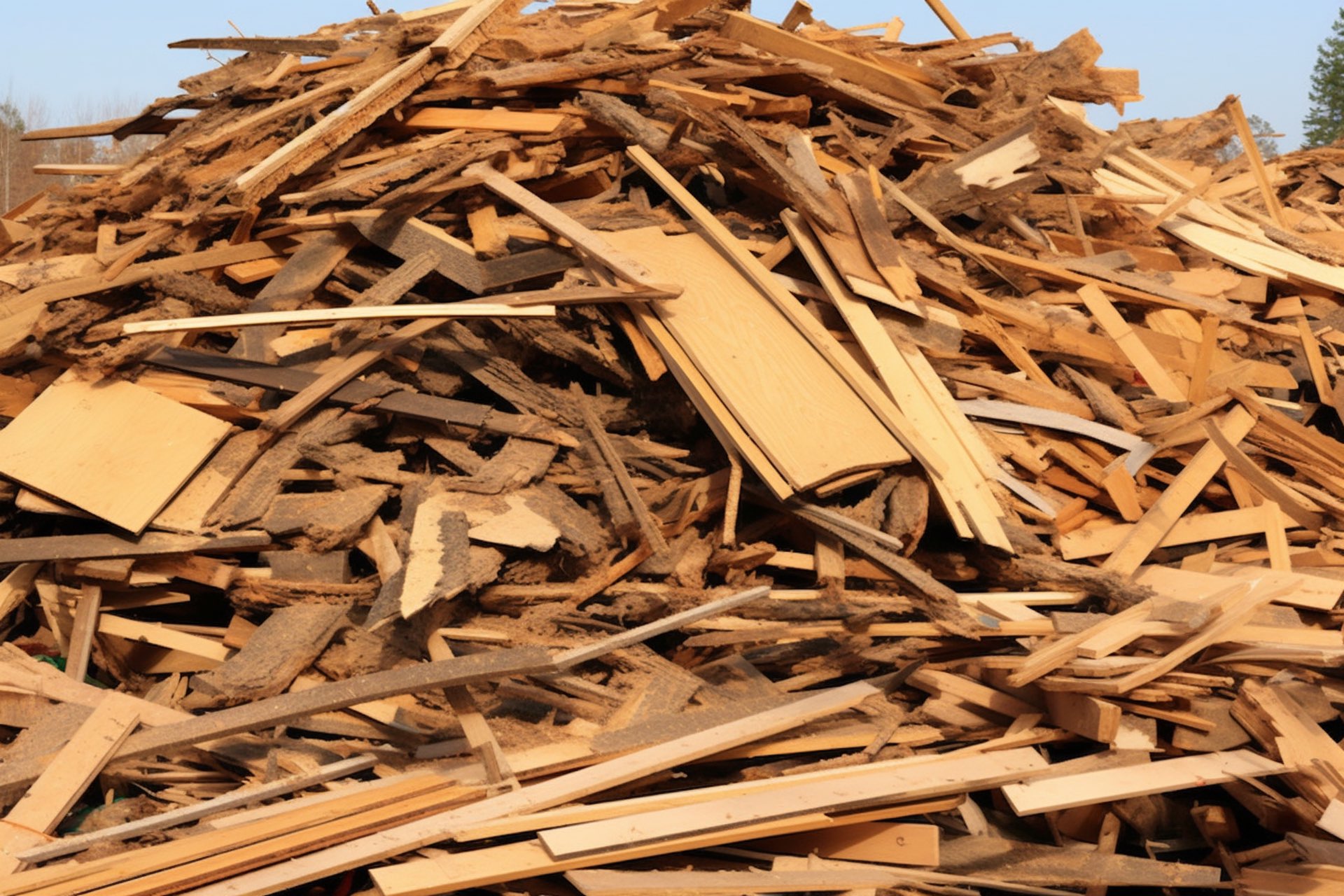Waste wood sector revises fire prevention guidance approach after a fall in site incidents
The Wood Recyclers Association has released updated fire prevention guidance for waste wood sites, giving operators more flexibility in how they store and manage materials while maintaining strict safety standards.
 The Wood Recyclers Association (WRA) has published updated fire prevention plan guidance for waste wood storage sites, introducing measures that expand increased operational flexibility while maintaining safety standards.
The Wood Recyclers Association (WRA) has published updated fire prevention plan guidance for waste wood storage sites, introducing measures that expand increased operational flexibility while maintaining safety standards.
The revised guidance, approved by the Environment Agency, replaces the WRA's March 2020 fire prevention plan guide and incorporates alternative measures that have been trialled at UK waste wood sites since 2019.
According to the WRA, there has been a sharp fall in fires at waste wood sites, which has prompted the update, and an increase in bespoke permits being issued for wood recycling sites, which are more flexible than standard FPPs.
The WRA represents 120 member companies covering over 90 per cent of UK wood recyclers and reprocessors. In 2023, over 97 per cent of UK waste wood was processed, totalling 4.408 million tonnes from total arisings of 4.5 million tonnes.
Vicki Hughes, Technical Lead on the WRA Board, said: "We are delighted to launch this updated guidance, which reflects our learning over the last 4-5 years. The risk of fires at waste storage sites is now significantly reduced, which is a result of increased professionalism in the industry."
Fire prevention plans remain mandatory for operators with environmental permits who store combustible waste. The updated guidance also addresses the challenge of accommodating seasonal variations in the waste wood market, where material generation peaks in summer but demand increases in winter.
Enhanced operational parameters
The new guidance allows greater flexibility than the 2020 standards. Maximum stack heights for unprocessed or pre-crushed wood can now reach up to 8 metres if enhanced controls such as thermal monitoring are in place, compared with the previous 4-metre limit.
Storage times have been extended from a maximum of one month to between three and six months with temperature monitoring and increased stock rotation. Separation distances between stacks can be reduced from the standard six metres to 3-4 metres where fire-resistant barriers or enhanced suppression systems are installed. Sites using 2-hour firewalls require no separation distance.
Advances in fire detection include thermal imaging cameras with automated alerts, 24/7 monitoring, and drone surveillance with visual and thermal capabilities. Suppression systems have evolved to include high-pressure water cannons, sprinklers, and automated mechanisms linked to monitoring systems.
Some sites have implemented seasonal storage adjustments, keeping larger volumes or storing longer during lower-risk winter months, with reduced limits in summer. Others use dynamic stack management, adjusting locations based on weather conditions, site activity levels, and staffing competence.
While the waste and recycling sector saw a spike in fire incidents in 2024, including 37 in October alone, the wood recycling sector has shown improvements through updated practices.
Peter Buckley of the Environment Agency commented: “The Environment Agency worked with the WRA on the original sector-specific fire prevention plan guide. Since then, technology and practices have changed, which allows a more creative approach to developing fire prevention plans.”
The updated guidance emphasises that each site requires bespoke assessment, with measures that work at one location potentially unsuitable for another.




